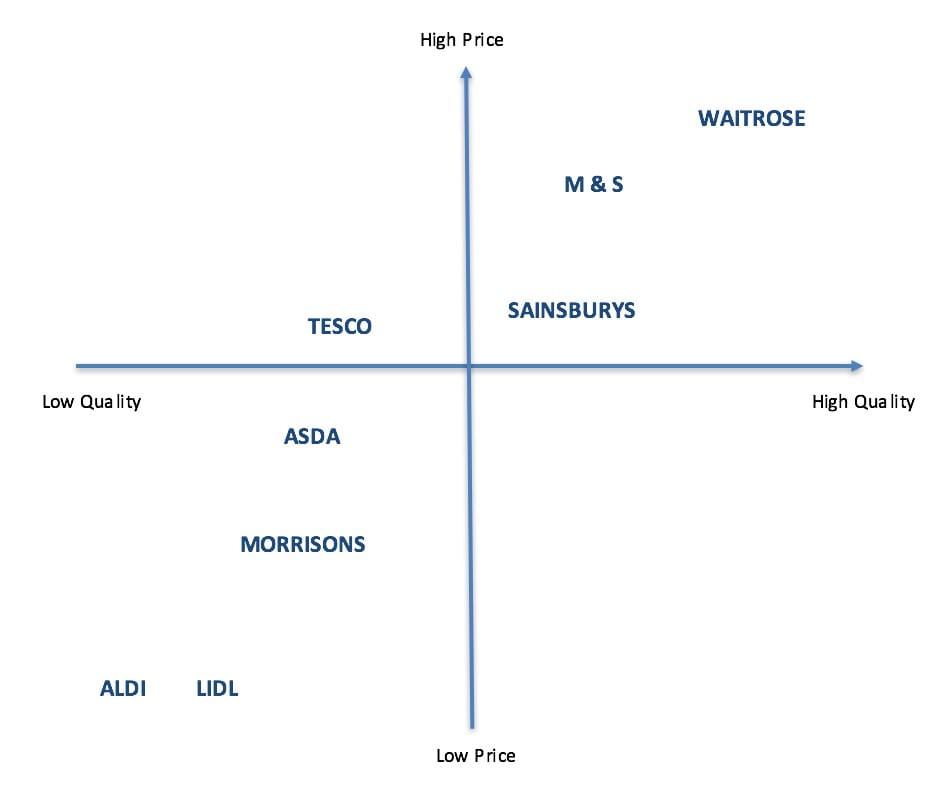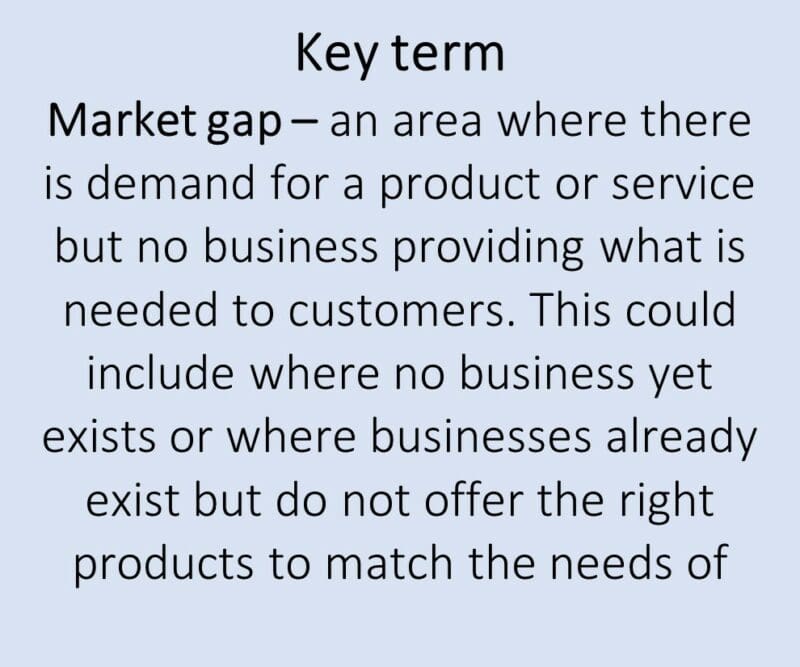In this post
Being able to give what a customer wants quickly will result in high levels of service and great loyalty. To provide the right type of service in the shortest amount of time, it makes sense for a business to segment customers into specific groups – these are called market segments. By doing this you can adopt the right approach from the start and will be able to offer support and guidance at the perfect level throughout. Customers can be segmented into many different groups including:
- Age – the age of a customer will give quite a bit of information about the person. Usually, older people will not have as much need for cutting-edge technology, or may rely on certain things for communication such as the telephone rather than using social media. Likewise, a young audience will communicate online and expect the latest goods
- Income and budget – the budget that someone must spend will usually have an influence over the service that is provided. People who are spending more money will want to be catered for without any issues and will normally want to buy things that are more expensive so they can immediately be placed into this bracket.
- Location – depending on the location of a customer, a business may need to adopt a different approach. A business may have to charge more to certain customers based on their location (such as shipping costs) or could tailor its products and services to better suit customers in specific locations. Locations can also be used for sales targets and to increase the coverage of a business in targeted regions.
- Spending habits – how much a person is willing to spend with an organisation will help to segment the audience. Valued customers that place repeat orders are worth a lot more than other clients, so they deserve the best possible service. It is also likely that they will purchase new products so should be notified of any changes or new things that a company brings to market.
- Ethnicity, religion or culture – this covers several different things for customers. Understanding these areas will help a company to avoid any unforeseen offence and to change its approach for specific customs and cultural differences.
How businesses use market segments
It is a good idea for businesses to split down the market that they operate in using segmentation. Doing this can make it much simpler for the business to meet the needs of its customers. Each segment of the market can be targeted in appropriate ways so that every client the business deals with receives exactly what they need. The main reasons for breaking down a market into segments include:
- To offer goods and services at an appropriate price
- To target sales in specific areas
- To match products and goods to the spending habits of customers
- To tailor things to meet individual tastes
- To retain more customers by constantly meeting their needs
Market mapping
One of the most important aspects of a product is the price that is charged to a customer. This price will need to reflect the quality of what the business is offering to ensure value for money. The use of a market map is very useful to give a representation of how quality and price interact with each other. Market mapping is a technique that uses a diagram to give a visual representation of two features from goods or services. The link between these two features can then be seen clearly.

On the market map shown previously we can see that the major supermarkets in the UK have been used as an example. Each one has been placed on the map in a place that represents the quality of food it offers and the prices that it charges. Overall, a clear link can be seen with these big supermarket chains between the quality of the food that they offer and the prices that they charge. The better the quality, the more is charged to a customer. Market maps can be used to show a link between any two aspects of a business but are usually used to find the right price for a product by comparing what a customer is prepared to pay in relation to the quality, number of features, competition in the market or customer service available. Carrying out market mapping on the competition can help a business to offer goods and services at the right level for what its customers want.
Market gaps
Once a market has been mapped it is possible to find ‘gaps’ in the market. These are places where a customer is willing to spend money but there is not yet a product available. For example, in a seaside town there may be a lot of tourists during the summer months who struggle to find restaurants at a reasonable price. This is a gap in the market and a local restaurateur may decide to open up a new place to eat that offers quality food at a fair price. In this situation, the restaurant owner has spotted a gap in the market and then opened a new business to meet the demand of people on holiday.

When opening a new business or expanding an existing one, it is easier to get customers if there are less businesses to compete with. This is the reason why identifying market gaps can be great news for a company. It can act quickly and be the first to meet the demand of a customer – meaning it gets all of the potential new customers and has a strong hold over the market.
Market maps can be analysed in order to find a gap in the market that people have not yet recognised. By looking at the links between what customers need and what is already available, businesses can spot new opportunities to make money. Take a look at the market map below showing cafés and other places to eat lunch on a busy high street. It is clear to see that there is a huge gap in the middle for somewhere that is of good quality and a reasonable price. A business owner may see this and take advantage by opening a new place to eat that is good quality (so customers will return) at a price that is cheaper than others. This combination will ensure customer satisfaction and the success of the new venture.

On the diagram above we can see the range of different food establishments on a high street. Some have high quality and high prices (such as Pret a Manger) whereas others will be cheaper but give someone a lower standard of service (Spoonweathers). Other businesses will sit in the middle. Overall, you can see a trend in quality versus price – the higher the standard, the more money people are prepared to pay.
Competition in business
Understanding the other businesses that operate in a market is very important for new and existing companies. If you don’t have a good understanding of what is currently on offer elsewhere, how can you possibly offer goods to a customer at a competitive price? Knowing the businesses you are competing against, the quality of their goods and services, what features they offer and the price they charge will ensure you can beat them with a better offer to the same customers.
Analysing the competition
Businesses working in the same area compete for customers. Some companies are very good at this and can offer things that are simply better than their competition – leading to a much higher chance of survival. Analysing the competition helps to fully understand what they offer and then set up a business specifically to compete for the same customers. This requires you to look at a number of key areas in the competition:
- Product range – looking at what products are on offer from the competition will enable a company to do a number of things. Firstly, the business can assess what is popular with customers and then meet this demand. As well as this, the business can identify gaps in the market as well as features that could be added to existing offers.
- Quality – seeing the quality of different products on the market will help a company to analyse what is available to customers. The materials used and build quality employed should be understood in order to offer a product that is better
- Customer experience – looking at the experience of customers with competitors including where and how they contact the company and the customer service used. This will help a business to offer a better service and therefore customers will return time after time.
- Location – the physical location of the business as well as the location of where deals are done with customers should be understood. Knowing the location of other businesses will help to target somewhere that customers are but with less competition.
- Price – one of the biggest factors for any customer is the price of products that they are purchasing. Knowing the price of the competitors will give an indication as to what a customer is prepared to pay and might even provide a level that should be beaten in order to take customers from other businesses.
How competition impacts business decisions
The competition in a sector will have a huge impact on the manner in which a business makes decisions. Generally, the higher the level of competition in a market, the harder it is to make money. This competitiveness in business will result in business decisions being much more important as any mistakes will have a larger impact on success. A lack of competition in a market will mean that a business can charge more money for products and services due to being the only place that offers certain items.
Analysing the competition will help to spot strengths and weaknesses in other businesses. Once these have been spotted, you can set up a business to expose the weaknesses of others and offer a product or service that is better in these areas. This could be in the quality of a product, the price charged, the customer service or the location of where deals are done. Decisions should be made to ensure the business takes advantage of these areas to capitalise on gaps in the market.



